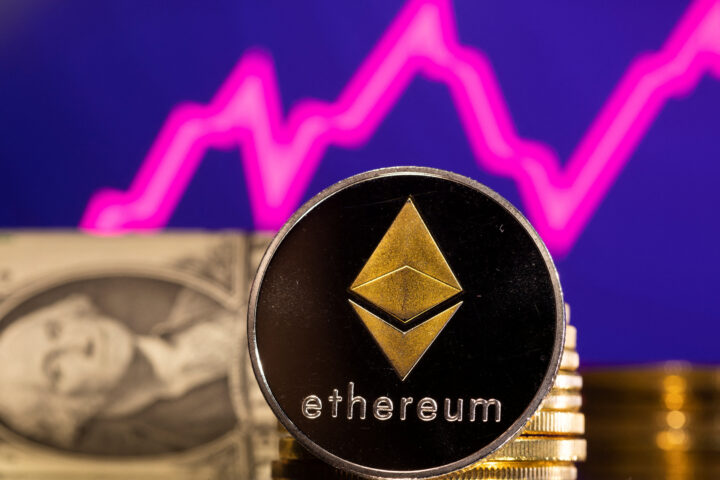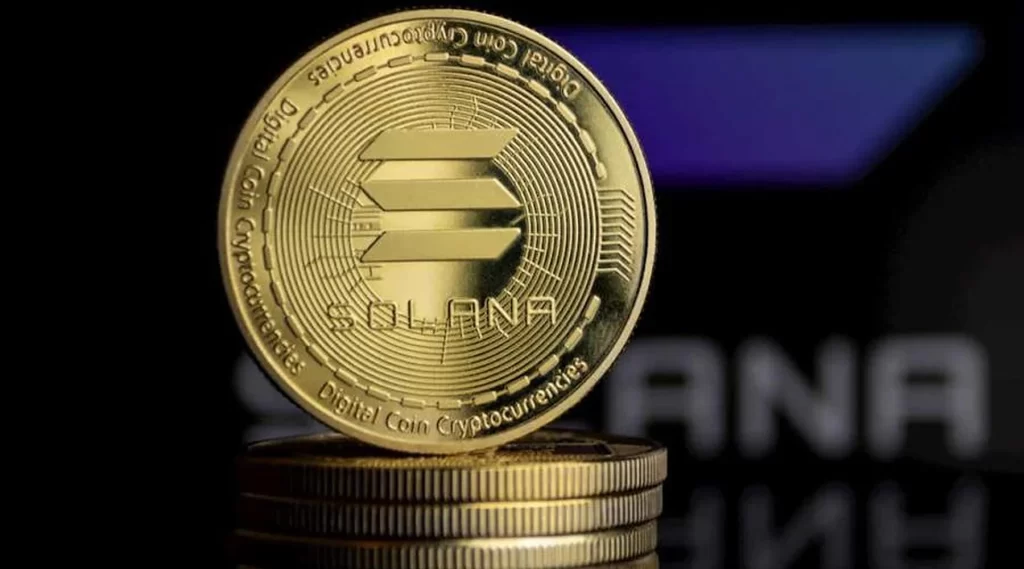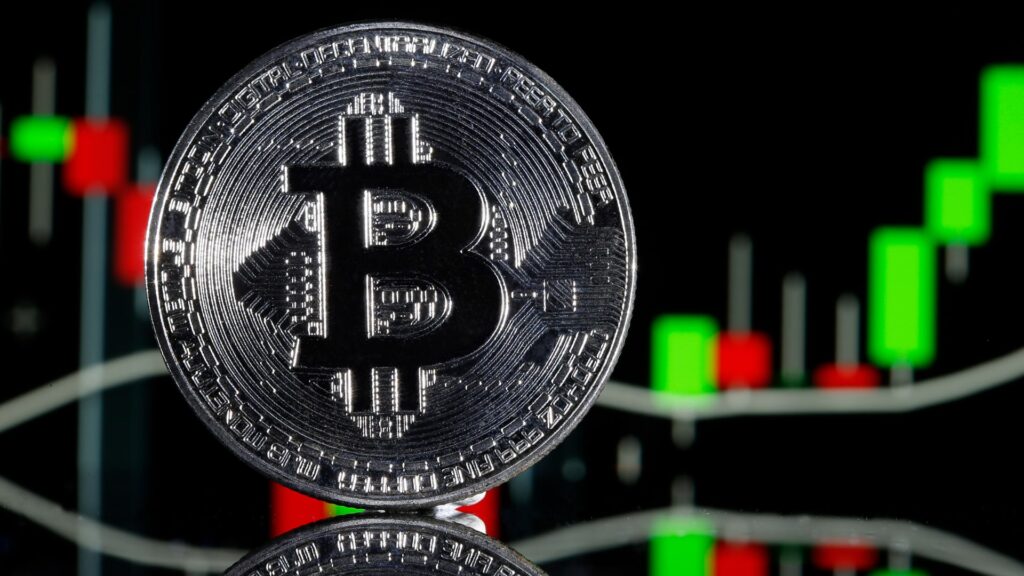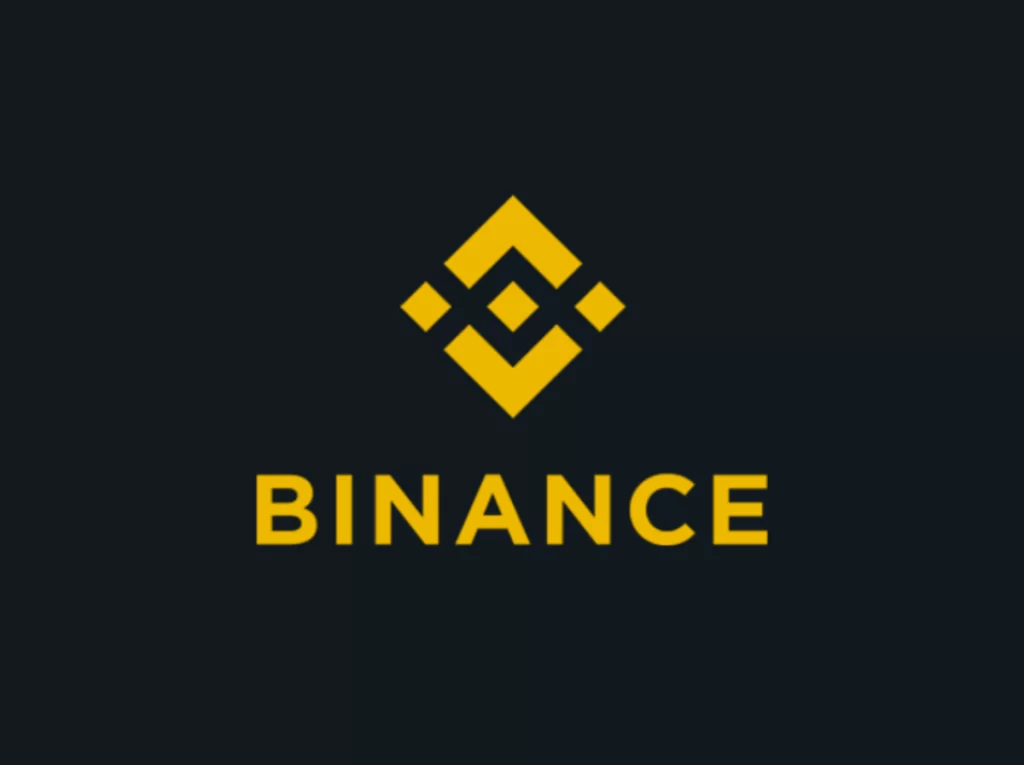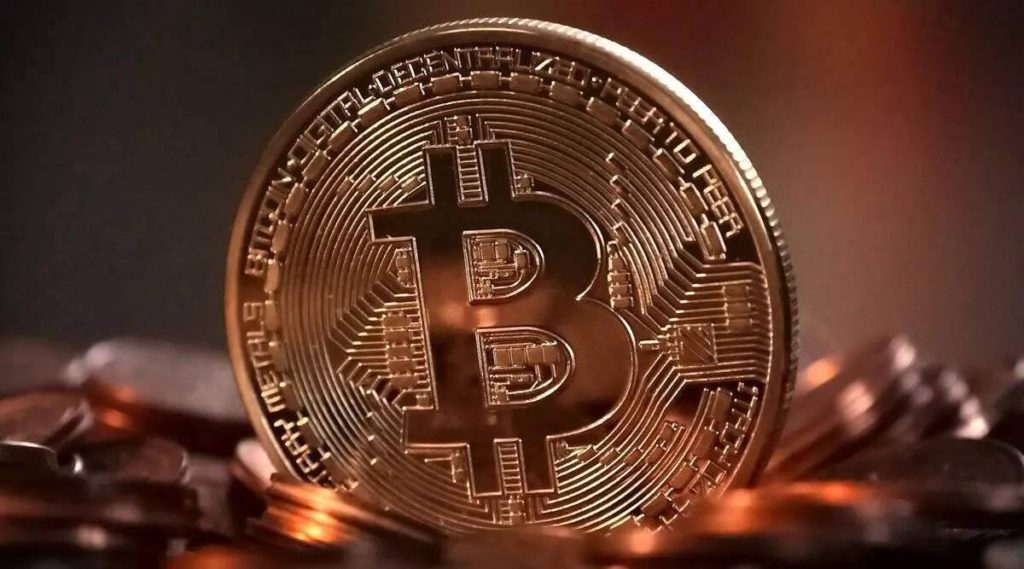Solana (SOL) has recently consolidated below a major resistance level at $180, signaling uncertainty in its short-term momentum.
Despite this, the altcoin has shown resilience by closing above its 50-week exponential moving average (EMA) for three consecutive weeks — a historically bullish signal.
Technical Strength Builds Momentum
Maintaining a price above the 50-week EMA has often preceded significant rallies for Solana.
A similar move in late 2023 saw SOL climb above both its 50-week and 100-week EMAs, which led to a sharp 515% gain by March 2024.
Currently, Solana’s relative strength index (RSI) sits at 52.60, suggesting moderate but growing buying interest.
Fibonacci Analysis Supports Bullish Case
Traders are closely watching trend-based Fibonacci (FIB) extensions to gauge SOL’s next big move.
Measured from the January high of $295 down to recent lows near $95, the immediate FIB target sits around $300 — a 70% increase from current levels.
A breakout into price discovery beyond this level could spark a further rally toward the 1.618 extension at $418.
Downside Risk Remains Near Key Support Levels
Despite the bullish setup, Solana faces the risk of a downturn if it fails to hold its position above the 50-week EMA.
In such a case, the price could fall back to its support zone between $152 and $157.
Technical traders warn this level is crucial for sustaining upward momentum.
Futures Market Shows High Speculative Interest
Solana’s futures open interest (OI) is currently at $7.5 billion, according to CoinGlass — just $1 billion below its January 2025 high.
Such elevated OI typically points to strong speculative activity and the potential for heightened volatility.
While funding rates across exchanges have turned negative, indicating bearish sentiment, this also increases the likelihood of a short squeeze.
Analysts See Diverging Scenarios
Crypto futures analyst Byzantine General noted that rising OI, steady volume, and neutral cross-exchange funding suggest Solana may be stabilizing.
This technical posture could lead to a rapid upward move if momentum builds.
He believes the $300 level remains an achievable target should bullish conditions persist.
Bearish Signals Not to Be Ignored
However, not all market watchers are optimistic.
Well-known trader Carl Moon highlighted a potential double top pattern forming on the 4-hour chart.
If confirmed, this bearish signal could pull SOL down toward the $150 range in the near term.
Key Resistance Defines Next Steps
Ultimately, Solana’s path forward hinges on its ability to break and hold above the $180 resistance.
A decisive move beyond this level would likely validate a bullish continuation, while rejection could open the door for a healthy correction.
The next era of mobile rewards is now beginning in 2025 as the Solana-based utility token RZTO and Rizz Wireless collaborate. Over time, telecom companies have invested a lot of energy into providing connectivity without in-depth consideration of how to promote loyal customer engagements—until today.
Telecom token RZTO, a Solana-based utility token, has partnered with Rizz Wireless, an FCC-licensed MVNO in the USA, to create a crypto-integrated model that revolutionizes telecom rewards. This token with rewards is now live with a full suite of mobile rewards and real staking benefits, plus premium travel packages, set to emerge as a superlative offering for users.
Imagine gathering digital rewards from your day-to-day calls, using them for quicker returns, cashing them in for travel rewards, while enjoying 5G nationwide coverage. This isn’t a futuristic concept; it’s happening now. RZTO and Rizz Wireless are remaking the telecom market with a model that transforms customer loyalty into a valuable benefit and into more money.
How RZTO Powers Rizz Wireless
Notably, RZTO has a foundational role in driving Rizz Wireless. Rizz Wireless has 5G wide coverage in the USA at affordable rates, starting from $25/month, and cutting-edge eSIM service that provides constant internet access for Americans and international guests.
Through the RZTO token system, users earn digital rewards for ordinary activities that are not customarily appreciated: Whether they’re recharging their monthly subscriptions, using their talk minutes wisely or converting extra data into rewards, users constitute part of Rizz’s innovative ‘Call-to-Earn’ ecosystem, which has been beneficial for the first users since its introduction.
Token with rewards earned through RZTO hold tangible value and can be practically applied for purposes such as topping up data during high demand scenarios, accessing inexpensive international roaming options or making purchases at local partner stores – thus creating a financially rewarded ecosystem for telecom users.
Benefits for Users and Investors
In the digital market environment of 2025, both routine clients and strategic investors prefer the telecom token RZTO and Rizz Wireless’ comprehensive services. In Europe, Asia, and Dubai, RZTO streamlines mobile bills for its subscribers with the potential to cancel all charges through rewards in tokens. These instantly usable incentive tokens can be used toward: controlling high-data periods, managing roaming, or redeeming exclusive travel rewards such as great savings on flights through Zoyilli partnerships.
The technological basis of RZTO does not disappoint expectations as it constantly ensures that subscribers remain connected anywhere they may be—whether they are dealing with remote work or venturing into places they do not know. With regards to investments, RZTO is highly regarded for its program that imitates the fixed APY scheme of Bitcoin using a well-structured staking mechanism.
The Solana-based utility token holders get practical rewards in the form of mobile data allocations by joining the network, they contribute to its development. At the same time, RZTO uses a complicated dual-burn approach, whereby circulating supply is slowly reduced laying the groundwork for increased growth of the token value.
Those interested in security will appreciate the continuous Certik audit process and the upcoming listings in popular platforms such as CoinGecko and CoinMarketCap, allowing RZTO to find its reliable position in the sphere of cryptocurrencies.
With a global expansion plan and plans to embrace decentralized governance dictated by a DAO system by 2035, RZTO seeks to promote consistent growth, thus becoming a promising investment for crypto enthusiasts interested in projects that offer actual real-world benefits and continuous revenue.
A Vision for Global Connectivity
Although aimed at short-term results, RZTO and Rizz Wireless are deliberately building the core foundation ready to define global connectivity standards several years down the line. While operating in the United States market today, RZTO’s vision is to grow systematically internationally by powering several global networks by 2027, with specific plans to enter Europe and open 100 retail outlets across the USA.
Geographic expansion is accompanied by parallel advances in technological development for RZTO. In 2026, RZTO will introduce its own Layer 1 blockchain and new NFT experiences to support the ecosystem functionality and user interaction alternatives. Artificial intelligence is poised to go into the markets in 2027 and will make possible highly individualized and predictive service delivery, while a comprehensive DAO governance structure is progressively introduced by 2035 and ensures genuine community input in the governance of the network.
With its foundation based on the advanced blockchain of Solana, this token with rewards easily caters to its ambitious activities providing transaction efficiency, low-cost advantages needed for the global development.
For potential users and investors across the world, the partnership of telecom token RZTO with Rizz Wireless increases the credibility of its business model, and an impeccably planned roadmap lays out a future where universal mobile rewards are a real possibility.
The Solana-based utility token RZTO is not just some utility token, but a guiding beacon in the worldwide movement to disrupt global connectivity norms with Web3 and a user-first philosophy. Those who participate in the presale can benefit from greater advantages such as the possibility to receive a 10% bonus on tokens if they use valid promotional codes.
By availing of this limited-time opportunity, the participants get a special advantage to benefit from the expected demand and appreciation.
Bitcoin’s blistering rally to record highs paused just shy of the $110,000 milestone on May 26, yet institutional demand continued to swell in the background, cushioning any immediate downside pressure.
The flagship cryptocurrency dipped after momentum faded during Asia-Pacific trading, lingering near $108,500 as traders weighed looming United States inflation data and the imminent earnings release from chipmaker Nvidia.
Market watchers attributed the hesitation in part to President Donald Trump’s decision to delay retaliatory European Union tariffs until July 9, a move that eased equity jitters but left macro uncertainty hanging over risk assets.
Even so, derivatives desks reported a steady uptick in the Bitcoin two-month futures premium, which climbed from 6.5% to 8% in twenty-four hours, signaling that sophisticated traders were confidently rebuilding long exposure rather than capitulating.
Institutional appetite offsets price lull
Evidence of that confidence was nowhere clearer than in spot Bitcoin exchange-traded funds, which attracted $2.75 billion of net inflows between May 19 and May 25, according to preliminary custodial data.
Wall Street giants appear increasingly comfortable marketing those vehicles to core clients; JPMorgan chief executive Jamie Dimon told investors the bank would “finally allow clients” to purchase the products, creating a new pathway for its $6 trillion deposit base to gain indirect crypto exposure.
MicroStrategy founder Michael Saylor underlined the theme by revealing a fresh $427 million Bitcoin acquisition at an average price of $106,237, lifting the business-intelligence firm’s holdings to more than 239,000 BTC.
Options data delivered a complementary bullish signal: the 30-day put-call delta skew turned negative 6%, implying traders were paying a premium for upside hedges while pricing limited probability of a violent sell-off.
Macro cross-currents in focus
For now, analysts caution that headline economic releases could dictate the next directional break.
The Richmond Fed manufacturing index is due on May 28, followed two days later by the Fed’s preferred inflation gauge, the PCE price index, and a hotter-than-forecast print could rekindle concerns about higher-for-longer interest rates.
Nvidia’s earnings, expected after the closing bell on May 28, represent another wildcard; a disappointing read-through on artificial-intelligence hardware demand could sap risk appetite across equities and spill into crypto.
Nevertheless, bulls argue that Bitcoin’s structural bid, driven by ETFs and treasury strategies, should limit any retracement toward $105,000, the level that marked last week’s low.
Path to new highs
Bitcoin remains just 2.6% below its all-time high of $111,957, and several desks believe a decisive break above $112,000 could trigger systematic short covering and ignite a fresh leg toward the psychologically potent $120,000 handle.
Skeptics counter that rising U.S. government debt worries and a softer housing market, highlighted by a 5.1% weekly drop in mortgage applications, might cap enthusiasm until clearer evidence emerges that the economy can navigate tight monetary conditions.
With U.S. markets closed for the Memorial Day holiday, liquidity is expected to thin, raising the likelihood of abrupt moves driven by a handful of large orders on offshore exchanges.
Until then, traders are parsing every macro headline while keeping one eye on the persistent wall of institutional money waiting for dips—money that, so far, has proven more than willing to “gobble up” available supply.
Polymarket’s on-chain prediction markets are buzzing, with daily matched volume near $40 million. That depth lets traders price big questions—from playoff champions and crypto milestones to interest-rate pivots—on a single transparent ledger. Thanks to 24-hour trading, instant settlement, and visible order books, the edge goes to participants who treat the platform like a real exchange rather than a casual punt. Below are five markets that combine high volume with clear catalysts, plus tactics to navigate them effectively.
Stanley Cup Champion 2025
The largest pool on the site is “Stanley Cup Champion 2025,” where contracts for the remaining teams hold nearly $300 million. Florida trades around forty-five percent implied odds, Dallas just under thirty, and Edmonton, Carolina and a cluster of long shots round out the ledger. Because the market resolves on 23 June 2025, every playoff game can shove prices by double digits.
Bettors often overreact when a home side wins Game 1; historical data show the road team still claims the series roughly one time in three. Contrarian traders can exploit that knee-jerk move by buying the dip on the loser right after the opener. If you prefer lower variance, post resting bids a few cents below the market before puck drop and clip spreads during intermission, when liquidity tightens.
Where Will Bitcoin Finish 2025?
Polymarket hosts a ladder of binaries on Bitcoin’s closing price at year-end. The busiest strike—$120 000—changes hands near eighty percent, with cheaper convexity at $90 000 and $100 000. These cash-settled options behave like digital calls without funding costs.
A common play is to buy a far-out YES while selling a nearer NO, limiting downside yet keeping a fat tail of upside. Because the ladder spans many levels, you can reshape the implied probability curve: go long tiers you deem cheap and short those you consider rich until the distribution mirrors your forecast. Active traders also scalp around major options-expiry dates, when miners and funds rebalance positions and push individual strikes out of line.
How Many Fed Rate Cuts in 2025?
Macro traders follow the multi-outcome contract covering Federal Reserve moves. “Two cuts” sits near twenty-five percent, “zero cuts” a shade higher, and tail outcomes rest in single digits. A linked binary on the 18 June FOMC meeting assigns minimal odds to an immediate cut, but prices lurch on every CPI or payroll print.
Discrepancies of two or three points often arise between this market, CME Fed-funds futures and Kalshi rate contracts. Buy the cheaper side, sell the richer, and lock in a low-risk spread—just study each platform’s settlement clock before sizing up. Data releases usually move Polymarket first and futures second, giving nimble traders a short arbitrage window.
Will the United States Enter Recession in 2025?
The recession binary spiked above sixty-five percent during a March tariff scare but now sits near forty. Because resolution hinges on the National Bureau of Economic Research’s call, odds can drift for months, giving patient traders room to fade sentiment extremes.
One hedge pairs a YES here with a NO on aggressive rate-cut outcomes. Growth might slow enough to sting equities yet still miss the technical recession bar, in which case the rate leg pays. Adding “S&P 500 down ten percent in 2025?” captures drawdowns outside the official label.
Which Company Will Have the Best AI Model?
A smaller but lively contract tracks which firm tops the Chatbot Arena leaderboard on 31 December 2025. Google holds about forty percent, OpenAI a quarter, with Anthropic, Meta and the rest splitting the remainder. Benchmark leaks can shove prices ten cents in minutes, rewarding traders who set alerts and react quickly.
Market makers quote both sides a cent inside the spread, collect fees and keep exposure minimal. When real news hits, widen one side of the book to ride momentum. No scheduled catalyst exists until year-end, so patience—and a good fee tier—pays dividends.
Practical Polymarket Tips
Start with liquidity. Stick to markets whose spreads stay below two cents.
Use limit orders. Market orders bleed slippage and gas.
Mind the overround. If summed YES prices exceed one-hundred-ten percent, tighten quotes or wait.
Understand settlement. Read each market’s resolution source to avoid surprises.
Arbitrage timeframes. Daily, monthly and yearly variants often desynchronize after news.
Watch the fee rebates. High-volume accounts earn rebates that turn a break-even edge into profit.
Batch exits. Withdraw only after several positions settle to save fees.
Keep records. Screenshots and a spreadsheet beat guesswork.
Respect bankroll rules. Size trades so a single shock cannot sink you.
Pick markets with tangible catalysts, set alerts for every data drop, and let probability—not emotion—guide each decision. Follow these guidelines and Polymarket can evolve from novelty punt to disciplined edge in an increasingly efficient market.
ARK Invest chief executive Cathie Wood believes exchange-traded funds will remain a mainstay for mainstream investors, no matter how quickly self-custody wallets gain traction.
“I think ETFs are an important stepping stone because, you know, wallets seem so complicated, so much friction for consumers, they just wanna push a button,” she told ETF analyst Eric Balchunas at the Solana Accelerate conference in New York on May 23.
“So ETFs for those who want the convenience, I don’t think, will lose a lot of their luster.”
Wallets still offer vital protection, Wood argues
While praising the ease of a ticker-based purchase, Wood stressed that personal wallets provide an extra buffer against failures in traditional finance.
“These are insurance policies against something going wrong in the traditional world,” she said.
Bitbo estimates roughly 200 million active Bitcoin wallets exist worldwide, a number Wood expects to grow as onboarding improves.
ETF inflows keep mounting after record-setting price action
The week ending May 23 saw about $2.75 billion flow into U-S spot Bitcoin ETFs, coinciding with BTC’s new peak above $111,900.
Since their January 2024 debut, the products have attracted roughly $44.5 billion, according to Farside Investors.
Spot Ether ETFs, launched in July 2024, have accumulated about $2.77 billion despite the S E C’s refusal to permit staking rewards.
Wood called that restriction a key reason Ether funds were “less successful than people were expecting.”
Ether still the gateway to smart-contract ecosystems
Even so, the ARK Invest founder views Ether as the logical first step for investors exploring smart-contract platforms.
“So they might start in the smart contract world with Ether, but once they study the technology, and follow the developers, and see the uptake by consumers, I think they will get there,” she said, referring to interest in alternatives such as Solana.
Wood acknowledged that President Donald Trump’s January launch of the “Official Trump” memecoin on Solana may have unnerved some institutions.
“I think they might be a little turned off by what happened with the Trump memecoin,” she conceded, noting the token’s 50 percent plunge days after release.
Long-term targets and the road ahead
ARK in April raised its “bull case” Bitcoin price target to $2.4 million by 2030, citing growing institutional demand and BTC’s status as “digital gold.”
Wood said she is still finalizing a comparable forecast for Solana.
For now, her message is clear: convenience products such as ETFs will coexist with, not replace, self-custody solutions as the crypto market matures.
Bitcoin faces its largest monthly options expiry on May 30, with open interest totalling $13.8 billion.
Bulls hope to keep spot above $110,000 to capitalize on $4.8 billion in in-the-money call options.
Put sellers were caught off guard by BTC’s 25% rally over the past month, leaving 95% of bearish strikes below $109,000.
Futures Positioning
Despite a hefty $79 billion in futures open interest, bears risk a short squeeze if prices grind higher.
Efforts to nudge BTC below $105,000 would reduce bulls’ theoretical profit, but strong ETF inflows limit downside momentum.
Scenario Analysis
Derivatives platform Laevitas estimates that a $107k–$110k settlement would hand call buyers roughly $3.35 billion in edge.
A close north of $110k could expand that advantage to $4.7 billion, potentially fuelling an immediate push to fresh highs.
Macro Wildcard
Tariff rhetoric remains the joker in the deck.
Analysts warn that renewed trade tensions could revive risk aversion and sap crypto liquidity, just as they did during the May 23 flash drop.
Binance secured a significant, though partial, courtroom victory this week when Britain’s Court of Appeal struck out the bulk of a £8.9 billion lawsuit tied to the delisting of Bitcoin SV in 2019.
The judgment narrowed an investor claim that exchanges conspired to choke the token’s growth by removing trading pairs, effectively slashing potential damages from $11.9 billion to a fraction of that sum.
Court rejects speculative losses
In a written opinion, judges dismissed the so-called “foregone growth effect,” explaining that “BSV was obviously not a unique cryptocurrency without reasonably similar substitutes.”
Plaintiffs had argued Bitcoin SV might have ascended into the digital-asset elite had liquidity remained intact, a scenario the court deemed too hypothetical for restitution.
Mitigation duty emphasized
Master of the Rolls Sir Geoffrey Vos wrote, “They had a duty to mitigate their losses,” adding, “They cannot recover losses that they could reasonably have mitigated.”
The panel found that investors could have sold holdings or rotated into other coins, undercutting claims for windfall damages.
‘Loss of a chance’ theory fails
Lawyers for the class tried to revive a “loss of a chance” doctrine, asserting that delisting deprived holders of future price gains.
The court labeled the argument “flawed as a matter of principle,” stressing that “cryptocurrencies are, by their nature, volatile investments.”
Implications for broader litigation
The ruling may influence parallel suits targeting exchange decisions on token listings, reinforcing the idea that damages must be anchored to measurable economic harm.
Binance, still facing limited residual claims from investors unaware of the delisting, welcomed the outcome as validation of its strike-out strategy.
Separate FTX battle
The exchange is also seeking to dismiss a $1.76 billion action brought by the FTX estate, insisting that mismanagement, not external manipulation, doomed the rival platform.
With regulatory scrutiny intensifying worldwide, the U.K. decision offers Binance a precedent to cite in future cases involving allegations of market interference.
For Bitcoin SV proponents, however, the latest setback highlights the uphill task of proving that missed market opportunities translate into legally recoverable damages.
The case now proceeds with a sharply reduced scope, leaving remaining plaintiffs to quantify losses tied directly to the delisting date rather than imagined bull runs.
Legal analysts say the judgment underscores the courts’ reluctance to back-stop speculative bets in an asset class famous for double-digit swings.
Exchanges, they add, are likely to view the decision as affirmation that listing choices, while consequential, do not guarantee price trajectories.
For investors navigating an ever-changing roster of tradable coins, the message is clear: diversification and timely risk management remain paramount.
As digital-asset litigation matures, courts appear increasingly unwilling to entertain what one lawyer called “counterfactual moonshots” dressed up as damage claims.
Binance’s limited victory may not end its legal headaches, but it sharply limits exposure on one of the more ambitious suits filed against a crypto exchange.
The precedent could ripple through the sector, curbing similar claims and nudging market participants toward clearer contractual terms on token availability.
For now, Bitcoin SV must seek relevance in the marketplace, not the courtroom.
Bitcoin climbed to $108,000 on 21 May, edging within 1.5 % of January’s record and stoking talk of a breakout.
A flash dip of around $1,000 shortly after the surge underlined the market’s volatility, yet bulls quickly regrouped as order-book data showed thickening bid walls near $106,000.
Traders now treat $109,356 on Bitstamp as the final psychological barrier before true price-discovery kicks in.
Crypto trader Michaël van de Poppe called the level a “point of interest” and argued that reclaiming it could ignite a run toward $116,000 and beyond.
“It’s always a good morning with Bitcoin at $108,000 and close to a new ATH,” he said on X.
Support zones firm up
Keith Alan of Material Indicators said multiple moving averages and the 2025 yearly open are coalescing into a “formidable support block” between $100,000 and $102,000.
“The 50-Day MA is on a trajectory to golden-cross the 200-Day MA,” he noted, adding, “You can’t really ask for stronger technical support than that.”
Alan conceded a retest of $100,000 would be healthy but now sees that scenario as increasingly unlikely if momentum holds.
Meanwhile, trader Merlijn interprets the recent consolidation as a bullish pennant and points to a technical target of $116,000.
Others, including analyst Henry, set their sights even higher, forecasting a $128,000 “blow-off top” should liquidity remain skewed to the buy side.
Macro tailwinds boost sentiment
The rally coincides with risk-on flows in global markets after US CPI eased for a second straight month and the Federal Reserve signaled patience on further tightening.
Institutional demand also remains robust; spot-Bitcoin ETFs recorded a sixth consecutive week of net inflows, with BlackRock’s IBIT alone pulling in more than $1 billion over the period.
On-chain metrics echo the optimism as dormant supply trends upward and active addresses climb to their highest level since March.
Options data from Deribit shows a growing cluster of open interest at $120,000-strike calls for June expiry, underscoring trader conviction that fresh records are imminent.
Still, skeptics warn that funding rates on perpetual futures are near three-month highs, raising the risk of a flush if spot prices stall below resistance.
Even so, the prevailing narrative is that a clean break above $110,000 would drag short sellers into an aggressive round of liquidations, potentially catapulting BTC toward the oft-cited $128,000 ceiling before any meaningful pullback.
Bitcoin topped $105,000 in U.S. trading, completing what chartists describe as a textbook double-bottom on the one-hour chart.
The formation matches a corridor that preceded March’s surge to record levels.
Range support between $102,500 and $103,500 absorbed sell-side pressure, sweeping liquidity and clearing an overhang of weak longs.
Technical Targets Eye $110,000 This Week
Fractal mapping shows the current band of $106,300 to $100,600 echoing an earlier zone of $97,900 to $92,700.
If the analogy holds, analysts say a decisive break of $107,000 could propel prices above $110,000 within days.
Should momentum accelerate, secondary objectives sit between $120,000 and $130,000.
Accumulation Trend Strengthens Across Cohorts
Glassnode’s Accumulation Trend Score reveals intensified buying by addresses ranging from under 1 BTC to 10,000 BTC.
Only the 1–10 BTC bracket continues to distribute, suggesting broader conviction among retail and institutional players alike.
Historically, synchronised accumulation of this sort has preceded prolonged advances.
Divergence Signals Keep Traders Cautious
Not all indicators flash green.
Chartist Bluntz pointed to a daily bearish divergence that could cap gains if strength wanes.
Analyst Matthew Hyland warned, “BTC is now on the clock and probably needs to make a move to $120k–$130k in the coming weeks to make a higher high on the RSI and avoid any weekly bearish divergence from being confirmed.”
Critical Levels and Risk Scenarios
Failure to hold $103,500 on a closing basis would negate the bullish fractal and open a slide toward $102,000.
Conversely, a clean candle above $107,000 is expected to attract momentum traders and option desks seeking topside exposure.
Broader Context
Macroeconomic conditions remain supportive, with falling U.S. real yields and sustained ETF inflows.
While near-term volatility is inevitable, most on-chain data favour continuation of the primary uptrend.
Bitcoin slid more than 4.5 % from its May 19 intraday top, tumbling to about $102,000 and flashing the first notable bearish divergence in over a month.
The retreat sparked warnings that the market could pierce the psychologically important $100,000 mark if buyers fail to defend near-term support.
Divergence hints at trend reversal
Technical analysts flagged a lower high in the relative strength index versus a higher price high, a classic sign of waning momentum.
Chartist Bluntz cautioned traders to “be careful with [placing] longs” until the signal plays out or is invalidated by a strong rebound.
Swissblock research showed Bitcoin had “grabbed liquidity” above the $104,000–$106,000 band but lacked follow-through, leaving price vulnerable to a deeper pullback.
Key zones come into view
Volume-profile data identifies $97,000–$98,500 as heavy support if the immediate $101,500–$102,500 floor dissolves.
Failure there would open the way to a potential inverse head-and-shoulders retest around $91,000, where the 50-period EMA sits on the three-day chart.
Such a move would echo reversals seen in December 2024 and January 2025, when repeated rejections at the $107,000 neckline preceded sizable drawdowns.
Longer-term outlook intact
Despite near-term weakness, the broader structure still points to a possible surge toward $150,000 once consolidation completes and the neckline flips to support.
Macro drivers, including Moody’s weekend downgrade of U.S. sovereign credit, have added stress to risk assets but could ultimately aid Bitcoin if dollar softness persists.
Derivatives markets show funding rates resetting toward neutral, suggesting leverage has been flushed and setting the stage for a healthier advance when momentum returns.
For now, bulls must prove their resilience by preventing a decisive daily close beneath $100,000, or risk ceding control to short sellers eyeing deeper value zones.

